BMW M is continuing its 50th anniversary celebrations in 2022 by unveiling this, the all-new XM (internal codename G09). Initially previewed by the Concept XM last November, the brand says the XM is its first standalone model since the M1 was launched decades ago. This means it is developed entirely from scratch and is not based on an existing model like what the M5 is to a regular 5 Series.
The XM also has the honour of being the first M model to pack a plug-in hybrid powertrain, and this coincides with BMW M Motorsport’s confirmation this year that it would return to the 24 Hours of Le Mans from 2024 with the M Hybrid V8 racer.
The PHEV powertrain is dubbed M Hybrid and consists of an S68 4.4 litre twin-turbo V8 that the company says, “stands out with its smile-inducing appetite for revs and relentless power across a wide engine speed band.”
On its own, the S68 unit churns out 489 PS (483 hp or 360 kW) from 5,400 to 7,200 rpm and 650 Nm of torque from 1,600 to 5,000 rpm. This is sent to all four wheels via an eight-speed M Steptronic automatic gearbox with Drivelogic and M xDrive all-wheel drive, the latter being a rear-biased system that includes an M Sport differential at the rear axle linked up with the vehicle’s DSC (Dynamic Stability Control).
The plug-in hybrid portion of the powertrain comes in the form of an electric motor integrated into the transmission that is rated at 197 PS (194 hp or 145 kW) and 280 Nm. With all elements in play, the total system output is 653 PS (644 hp or 480 kW) and 800 Nm.
Power for the electric motor is supplied by an underfloor-mounted lithium-ion battery operating at 317 V and with an energy capacity of 25.7 kWh (29.5 kWh gross). Charging it can be done via an AC input (Type 2 connection) at a maximum power of 7.4 kW, with a full charge (0-100% state of charge) taking 4.25 hours.
Running on electricity alone, the XM offers a WLTP-rated EV range of between 82-88 km and will hit a top speed of 140 km/h. For those concerned about fuel consumption, the XM sips as a little as 1.5 l/100 km in the combined WLTP cycle and emits as little as 33 g/km of CO2.
At 5,110 mm long, 2,005 mm wide, 1,755 tall and with a wheelbase of 3,105 mm, the XM is a massive SUV. It’s also a hefty vehicle too, tipping the scales at 2,710 kg or around 2.7 tonnes. Despite the weight, the PHEV powertrain can accelerate the vehicle from 0-100 km/h in just 4.3 seconds and it will hit a top speed of 250 km/h, or 270 km/h with the optional M Driver’s Package.
If you’re still not impressed by these figures, BMW will introduce the XM Label Red (one word rearrangement away from being a Johnny Walker product) as its most powerful road-legal series-produced car in its history next year.
The XM Label Red gets a more powerful V8 with 585 PS (577 hp or 430 kW) and 750 Nm, with peak torque being sustained across a slightly wider rev range from 1,800 to 5,400 rpm. Along with the same electric motor, the XM Label Red’s total system output is raised to a substantial 748 PS (738 hp or 550 kW) and 1,000 Nm.
Drivers will have several drive modes to cycle through after pressing the M Hybrid button, including Hybrid, Comfort, Sport and Sport Plus. The vehicle can also be put in Electric mode to act as an EV or eControl mode if maintaining the battery at a specific state of charge is required for use in urban areas later in the journey. Similarly, the M xDrive system can be put in 4WD, 4WD Sport and 4WD Sand modes.
As standard, the XM is equipped with adaptive M suspension Professional featuring electronically controlled dampers and active roll stabilisation, the latter operating on a 48-volt electrical system and electric motors to keep the behemoth level through the bends or make things more comfortable with the Active Roll Comfort function.


The system works with a suspension setup made up of double wishbones at the front, a five-link rear axle as well as steel springs. The XM also becomes the first M model to come with Integral Active Steering, providing speed-sensitive power assistance and a variable steering ratio, while Integral Active Steering is included in standard specification to provide all-wheel steering for better manoeuvrability.
For stopping power, the M Sport braking system is made up of six-piston fixed calipers at the front and single-piston floating calipers at the rear acting on vented discs. These sit behind standard 21-inch wheels (275/45 front and 315/40 rear tyres), although BMW will also sell you 22- and 23-inch formats if you want.
We now arrive at the most divisive aspect of the XM, its styling. Certain BMW models have attracted quite a bit of chatter when it comes to how they look, and the XM is no different. “The design of the BMW XM is an extravagant statement by BMW M at the heart of the luxury segment. It has a resolutely unique identity and embodies an expressive lifestyle like no other model in the BMW line-up,” said Domagoj Dukec, head of BMW Design.
The most unmistakeable design cue is the XM’s large kidney grille which dominates the front fascia and sits above an equally large lower intake with ducts to direct air where it needs to go. The grille, which sports contour lighting, is flanked by adaptive LED headlamps whose light functions are split into two separate areas like on the latest X7 and 7 Series and are linked to the side air curtains.
Smooth surfaces and sharp edges make up the majority of the exterior, including the vehicle’s sides that features a distinctive trim element that highlights the dynamic window line. Chunky C-pillars and a steeply raked rear window contribute to the arresting visuals, while the rear amplifies things further with slender 3D-styled L-shaped taillights and stacked exhaust outlets sandwiching a prominent diffuser.
As a nod to the M1, there’s a notable indent at the rear of the XM’s roof and BMW logos have been engraved into the rear window just below the cant rails via a special laser engraving technique to recall the roundels on the mid-engined sports cars.
Inside, you’ll find the BMW Curved Display with a 12.3-inch digital instrument cluster and a 14.9-inch touchscreen centre display, both powered by BMW Operating System 8. This system sits prominently within a binnacle on the dashboard with lines that reflects what you see on the outside.
Despite its performance credentials, life inside the XM is rather luxurious, with Nappa leather finished in vintage fashion being available as a replacement for the standard BMW Individual Merino leather. Alcantara is also used in abundance to dress up the cabin, including on the headliner, which can be specified with something called the “sculptural headliner” featuring a 3D prism structure.
If that isn’t enough luxury for you, consider the M Lounge in the rear where the two outer seats have deep recesses and 3D diamond quilting. The upholstery of these seats extends into the door trim panels to create an encapsulating space, with a comprehensive ambient lighting system a 20-speaker, 1,500-watt Bowers & Wilkins Diamond Surround Sound System adding to the theatre.
For the driver, there’s a head-up display, a model-specific M leather steering wheel with M buttons and shift paddles, grippy multifunction seats and BMW IconicSounds Electric to fiddle with, the last of which is the car’s soundtrack developed in collaboration with Hans Zimmer to amplify the aural experience digitally.
In terms of comfort and practicality, the XM comes with four-zone climate control and a boot that can hold 527 litres of cargo, or 1,820 litres when the 40:20:40-split rear seats are folded down. With its powertrain, the SUV will also tow up to 2,700 kg.
Lastly, there’s a wide range of driver assistance system offered, with the Driving Assistant package coming as standard and includes Front Collision Warning, Lane Departure Warning including lane return with steering assistance, Evasion Assistant, Alertness Assistant and Speed Limit Info system including no overtaking indicator and manual Speed Limit Assist.
This can be upgraded to the optional Driving Assistant Professional that adds Active Cruise Control with stop & go function, Steering and Lane Control Assistant, automatic Speed Limit Assist, route monitoring, traffic light recognition and Active Navigation, Emergency Lane and Emergency Stop Assistant, Lane Change Assistant and Crossing Traffic Warning. Parking Assistant Plus is also included by default, so automated parallel or perpendicular parking functions are available along with a panoramic view monitor and Reversing Assistant.
Production of the XM will begin at BMW Group Plant Spartanburg in South Carolina, United States this December. The German carmaker says the US, China and the Middle East are the most important sales regions for the XM, with the worldwide market launch set to kick off in spring next year.
Now that you know about XM’s specifications and how it looks, what do you think? Are you impressed? Let us know what you think about BMW’s first standalone M model in a long time in the comments below.




































































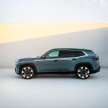









































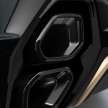
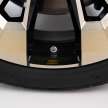



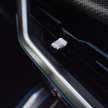
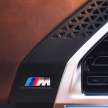









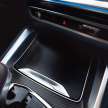

























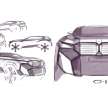



























The post 2023 BMW XM – new G09 SUV is M brand’s first PHEV model; 4.4L twin-turbo V8 with up to 748 PS, 1,000 Nm appeared first on Paul Tan's Automotive News.

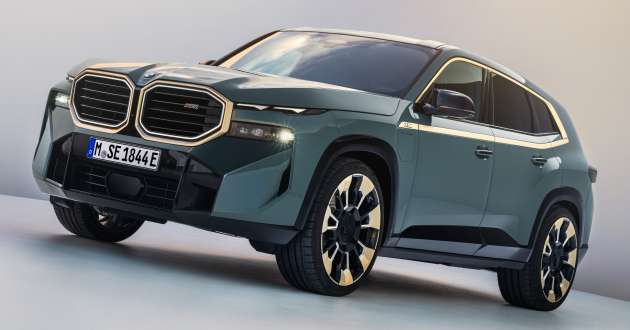
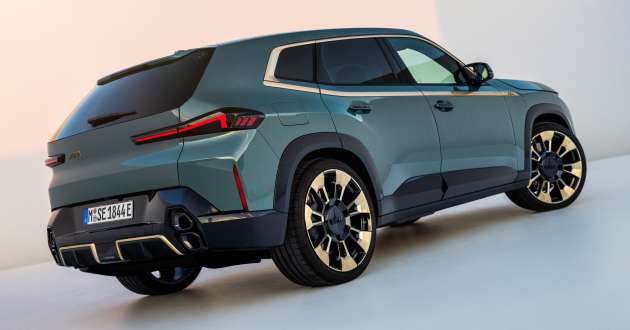
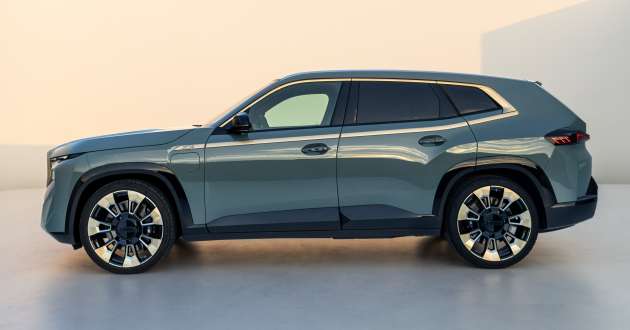
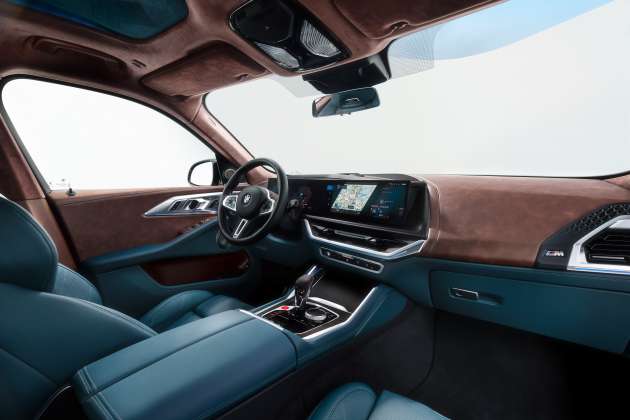
0 Comments